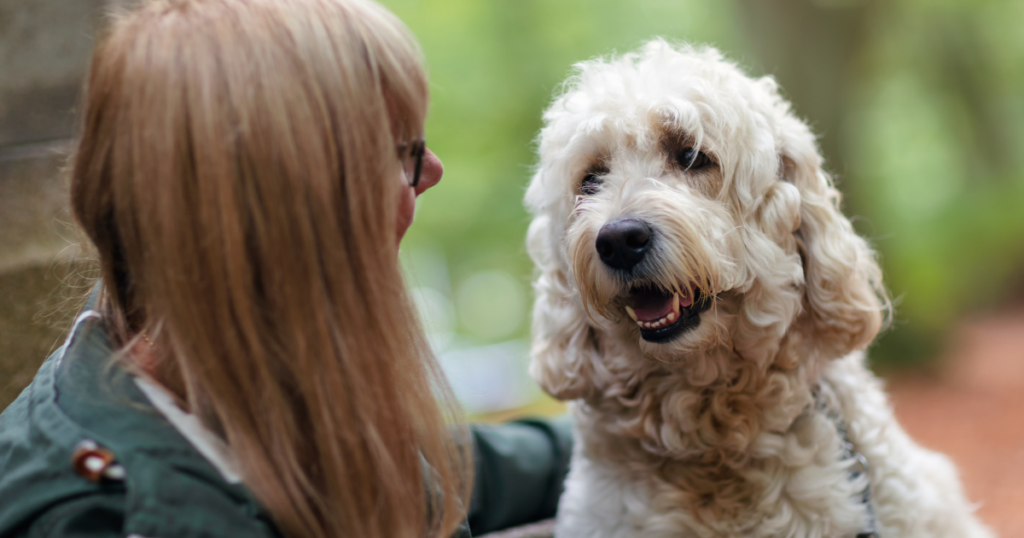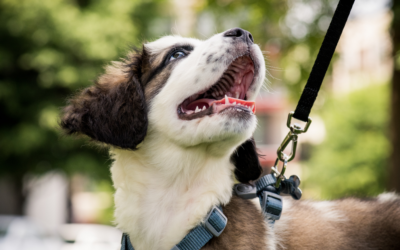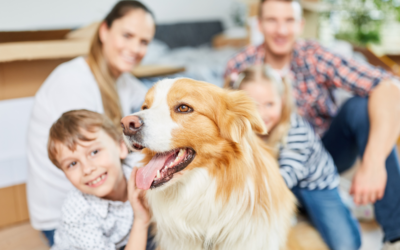Dogs are incredible communicators, capable of expressing various emotions and needs. While basic commands like “sit” and “stay” are essential, truly understanding and connecting with your canine companion goes beyond simple obedience. In this article, we will delve into the nuances of communicating with your dog and explore advanced techniques to enhance your bond with your furry friend.
Understanding Canine Body Language and Vocalizations
The first step towards effective communication is understanding your dog's body language and vocalizations. Dogs use a combination of visual cues, such as tail wagging, ear position, and facial expressions, to convey their emotions. Take note of your dog's body postures, which can indicate fear, aggression, or playfulness. For instance, a relaxed and loose body generally signifies a calm and content dog, while a stiff and tense body suggests potential discomfort, anxiety, or aggression.
Dogs also communicate through vocalizations, such as barking, growling, and whining. Each vocalization carries a different meaning, and it's crucial to decipher what your dog is trying to convey. A deep, rumbling growl can signify aggression or warning, while a high-pitched whine may indicate excitement or frustration. Paying attention to both body language and vocal cues will allow you to comprehend your dog's emotional state better.
Understanding your dog's body language goes beyond just the basics. It's essential to observe subtler cues like eye contact, lip tension, and even the position of their whiskers. A direct stare with a tense mouth can signal a challenge or aggression, while averted eyes and a relaxed mouth indicate anxiety or relaxation.
Paying attention to these nuanced signals can deepen your bond with your furry companion and anticipate their needs more effectively.
Recognizing Stress Signals
When dogs feel stressed or threatened, they exhibit specific signals to communicate their discomfort. These stress signals could include lip licking, yawning, panting, or averting their gaze.
Paying attention to these signs can help you identify situations that may be causing stress for your dog. By recognizing and addressing your dog's stress, you can create a more comfortable and relaxed environment for effective communication.

The Role of Eye Contact in Dog-Human Communication
Eye contact plays a vital role in dog-human communication. While humans consider eye contact a sign of respect and trust, dogs perceive it differently. Direct eye contact can be interpreted as a threat or challenge in dog language. To establish a positive connection with your dog, it's essential to understand their perspective and use eye contact appropriately.
Avoid prolonged direct eye contact when communicating with your dog, especially if you're a stranger to the dog. Instead, practice soft and gentle gazes. This approach allows your dog to feel more comfortable, fostering open communication and trust between you.
Understanding the nuances of canine body language is crucial when interpreting your dog's reactions to eye contact. Dogs use a combination of body posture, facial expressions, and vocalizations to communicate their feelings and intentions.
By observing these cues alongside their response to eye contact, you can better comprehend your dog's emotional state and adjust your interactions accordingly.
Teaching “Watch Me” Cue
An effective way to use eye contact positively is by teaching the “watch me” command. This cue encourages your dog to maintain brief eye contact, reinforcing attention and focus. Teaching your dog to make eye contact on cue can establish a stronger connection and improve overall communication during training and everyday interactions.
Consistency and patience are key when training your dog to respond to the “watch me”. Start in a quiet environment free from distractions, using treats or toys to reward your dog for making eye contact.
Gradually increase the duration of eye contact before giving a reward, helping your dog understand the desired behavior. With practice, your dog will learn to focus on you in various situations, enhancing communication.

Advanced Training Techniques for Enhancing your Communication with your dog
Training your dog with advanced techniques can greatly enhance your communication skills. Beyond the basic commands, advanced training focuses on more complex tasks and behaviors, allowing for greater understanding and cooperation between you and your dog.
One effective technique is clicker training, which uses a small handheld clicker to signal the correct behavior and reinforce positive actions. You create a clear marker that helps your dog understand desired actions by pairing the clicker's sound with rewards. This method enhances communication by providing instant feedback, speeding up the learning process, and strengthening the bond between you and your dog.
Clicker training is based on the principles of operant conditioning, where the dog learns to associate the clicker's sound with a reward. This positive reinforcement technique is widely used in various training scenarios, from basic obedience to complex tricks and behaviors. The consistency and precision of the clicker sound make it a powerful tool for shaping desired behaviors and improving communication with your furry companion.
Another valuable technique is scent training, where dogs learn to recognize and respond to specific scents. This enhances their cognitive abilities and opens up a whole new level of communication.
For example, dogs trained for search and rescue can locate missing persons by following their scent. Understanding the power of scent in communication allows owners to utilize this incredible ability in various rewarding and engaging activities. Scent training taps into a dog's natural olfactory abilities far superior to humans.
This heightened sense of smell enables them to detect specific odors even in challenging environments, making scent training valuable for practical tasks and fun activities like nose work or tracking games.
Building a Deeper Emotional Connection with Your Dog
While training techniques are essential, building a deep emotional connection with your dog goes beyond commands and behaviors. Dogs, like humans, thrive on love, affection, and understanding. By nurturing emotional bonds, you create an environment of trust and mutual respect – the foundation of effective communication.
Spend quality time with your dog, engaging in activities that they enjoy. This could include long walks, play sessions, or simply relaxing together. By actively participating in these shared experiences, you deepen your connection and improve your ability to communicate nonverbally.
But what exactly does it mean to communicate nonverbally with your furry friend? Well, it's all about understanding their body language. By paying close attention to these signals, you can better understand your dog's emotions and respond accordingly. For example, a wagging tail doesn't always mean happiness; it can also indicate anxiety or fear. By recognizing these nuances, you can provide your dog with support and reassurance.
Positive reinforcement is another crucial aspect of building an emotional connection. Reward your dog's good behavior with praise, petting, and treats. Celebrate their achievements and offer comfort during challenging times. By consistently providing love and encouragement, you create a safe and supportive space where your dog feels valued and understood.
Furthermore, it's important to remember that dogs are social animals. They thrive on companionship and interaction with their human counterparts. So, don't be afraid to engage in meaningful conversations with your furry friend. Talk to them soothingly, share your thoughts, and listen attentively to their responses, even if they are nonverbal. This energy exchange and emotions will strengthen your bond and make your dog feel truly heard and understood.
In conclusion, mastering the art of communicating with your dog requires more than basic obedience. By understanding your dog's body language and vocalizations, using eye contact appropriately, employing advanced training techniques, and building a deep emotional connection, you can take your communication skills to a whole new level.
Through effective communication, you and your dog will develop a profound understanding and unbreakable bond that will enrich your lives for years.



